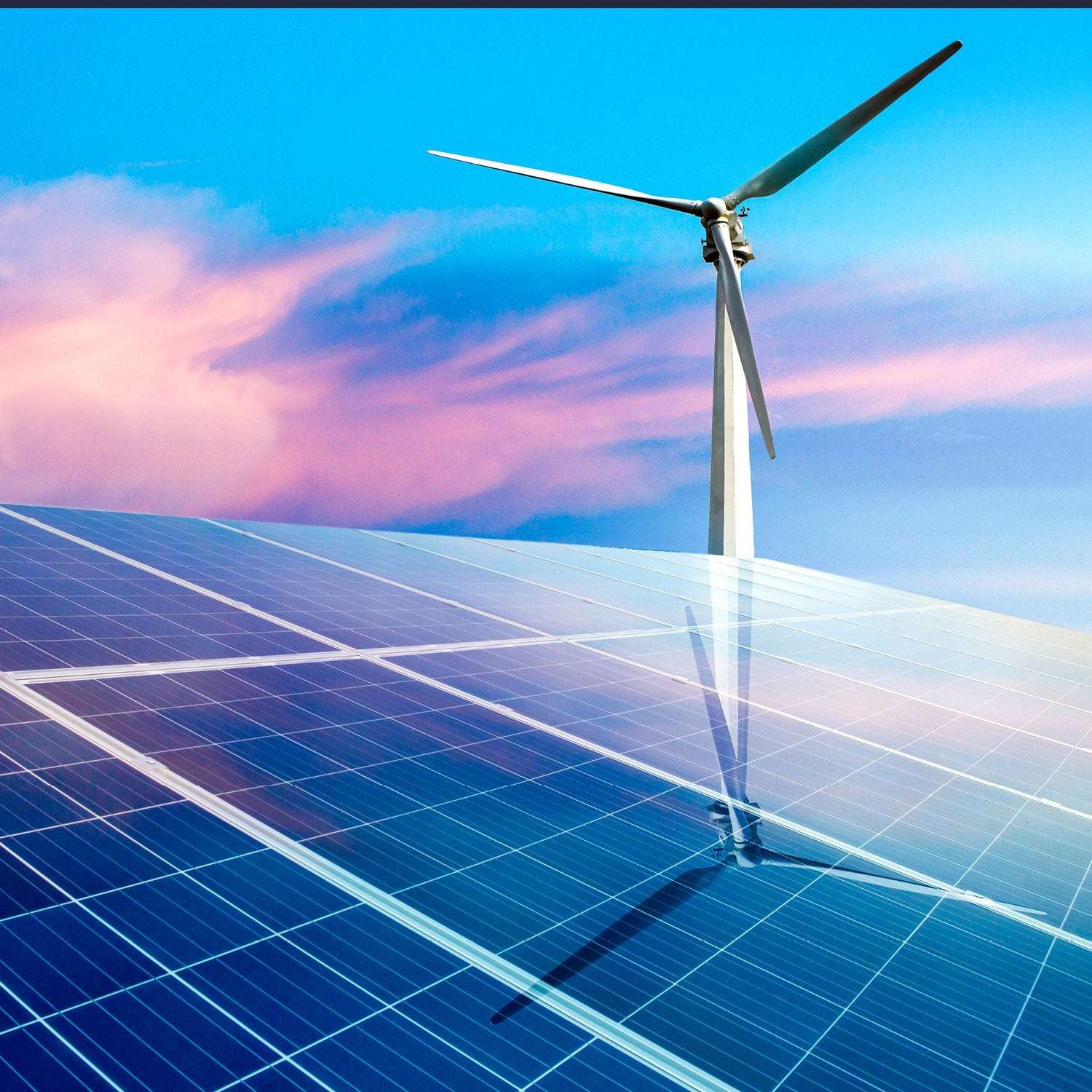Insights Levelized Cost of Energy and Levelized Cost of Storage – 2020
Lazard’s latest annual Levelized Cost of Energy Analysis (LCOE 14.0) shows that as the cost of renewable energy continues to decline, certain technologies (e.g., onshore wind and utility-scale solar), which became cost-competitive with conventional generation several years ago on a new-build basis, continue to maintain competitiveness with the marginal cost of selected existing conventional generation technologies.
This year’s LCOE, for the first time, includes a study of hydrogen as a supplemental fuel component for combined cycle gas generation.
When U.S. government subsidies are included, the cost of onshore wind and utility-scale solar is competitive with the marginal cost of coal, nuclear and combined cycle gas generation. The former values average $31/MWh for utility-scale solar and $26/MWh for utility-scale wind, while the latter values average $41/MWh for coal, $29/MWh for nuclear, and $28/MWh for combined cycle gas generation.
While the reductions in costs continue, their rate of decline has slowed, especially for onshore wind. Costs for utility-scale solar have been falling more rapidly (about 11% per year) compared to onshore wind (about 5% per year) over the past five years.
Selected regional differences (i.e., resource availability and fuel costs) can drive meaningful variance in the LCOE values of certain technologies, though some of this variance is mitigated by adjustments to a project’s capital structure to reflect market conditions that drive the availability, and cost, of debt and equity capital.
Lazard’s latest annual Levelized Cost of Storage Analysis (LCOS 6.0) shows that storage costs have declined across most use cases and technologies, particularly for shorter-duration applications, in part driven by evolving preferences in the industry regarding battery chemistry.
Sustained cost declines were observed across the use cases analyzed in our LCOS for lithium-ion technologies (on both a $/MWh and $/kW-year basis). The cost declines were more pronounced for storage modules than for balance of system components or ongoing operations and maintenance expenses.
Project returns analyzed in our “Value Snapshots” continue to evolve as hardware costs decline, and the value of available revenue streams fluctuate with market fundamentals.
Project economics analyzed for standalone behind-the-meter applications remain relatively expensive without subsidies, while utility-scale solar PV + storage systems are becoming increasingly attractive.
Long-duration storage is gaining traction as a commercially viable solution to challenges created by intermittent energy resources such as solar or wind.

rexxar-tc on October 29th, 2020 at 12:28 UTC »
Anyone want to make a wager on whether energy costs to the consumer will drop?
mart1373 on October 29th, 2020 at 12:07 UTC »
I’m really hoping battery technology can progress rapidly over the next decade, as that’s the largest deterrent to solar power. We’ve already made a lot of progress with wind power, but solar power is the biggest potential.
bookertdub on October 29th, 2020 at 10:53 UTC »
And yet if you live in California like I do, that savings won't be passed on to the customer with the electric rates we have.